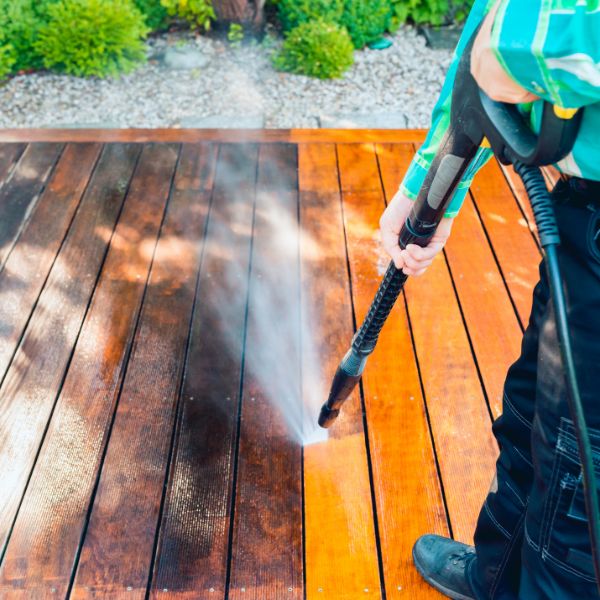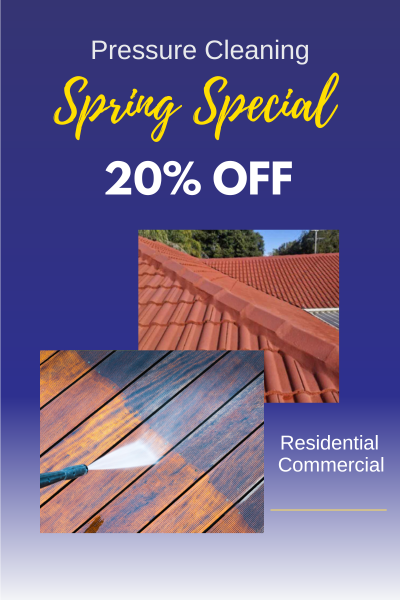How Mould and Mildew Differ—and Why That Matters
Mould and mildew are more than just surface-level problems—they’re persistent, fast-spreading growths that can stain, damage, and weaken the materials around your home. Left untreated, they can lead to permanent discolouration, slippery surfaces, and even structural issues over time.
On the Central Coast of NSW, our warm, humid climate creates ideal conditions for mould and mildew to thrive. Shaded areas with poor airflow, moisture buildup, and organic matter like leaves or dust provide the perfect environment for fungal growth to take hold—especially on exterior walls, decks, driveways, pathways, and rooflines.
These growths not only make your property look neglected, but they can also reduce the lifespan of paint, render, timber, and other building materials. Tackling them properly requires more than a quick rinse with the hose. Glason High Pressure Cleaning combines expert surface assessment, safe pressure or soft washing, and targeted biocide treatment to remove mould and mildew at the source and prevent it from coming back.
What Is Mould?
Mould is a type of fungus that grows in damp, humid environments—making it a common problem for homes and buildings across the Central Coast. It thrives where moisture lingers and airflow is limited, especially on surfaces that aren’t regularly cleaned or exposed to sunlight.
Mould often appears as black, green, or dark grey patches that spread over time. It can look fuzzy, slimy, or powdery depending on the surface and stage of growth. Once established, mould penetrates porous materials like timber, paint, render, and concrete, making it difficult to remove without professional treatment.
Beyond surface damage, mould can also affect the air quality around your home and contribute to musty odours, especially when growing near windows, eaves, or outdoor living areas.
What Is Mildew?
Mildew is a specific type of mould that typically appears on flat, damp surfaces. While it’s related to mould, mildew tends to be lighter in colour—often white, grey, or yellow—and has a powdery or fluffy texture in its early stages.
Unlike mould, which can grow deep into porous materials, mildew usually stays on the surface, making it slightly easier to remove. However, it still spreads quickly in humid conditions and can stain and weaken the materials it grows on over time.
Mildew is commonly found on painted walls, timber, tiles, and other outdoor surfaces that are exposed to moisture but not much sunlight. When left untreated, it can lead to surface decay, discolouration, and a buildup of grime that’s hard to shift with standard cleaning methods.
Key Differences Between Mould and Mildew
While mould and mildew are often grouped together, they have distinct characteristics that affect how they behave—and how they should be treated.
- Appearance:
Mould usually appears as dark green, black, or grey blotches and can be slimy or fuzzy in texture. Mildew is lighter—typically white, grey, or yellow—and tends to look powdery or flat. - Depth of Growth:
Mould penetrates surfaces, especially porous ones like timber and render, making it harder to remove and more damaging long-term. Mildew tends to remain on the surface. - Growth Patterns:
Mould spreads in irregular patches, often forming clusters or spots. Mildew grows in a more uniform, sheet-like pattern. - Smell:
Mould often gives off a strong, musty odour. Mildew has a milder, less noticeable smell but can still affect surrounding air quality.
Understanding the difference is important when it comes to choosing the right cleaning method. Treating mould like mildew—or vice versa—can lead to ineffective results or surface damage.
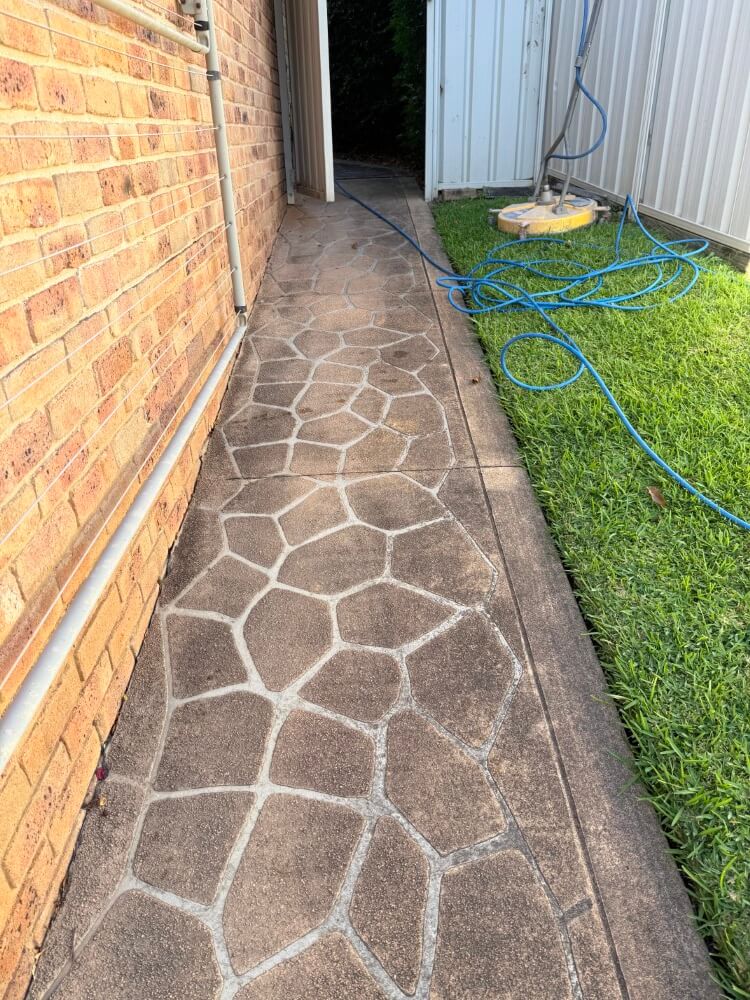
How Mould & Mildew Occur
Mould and mildew thrive in environments where moisture, organic material, and poor ventilation are present. On the Central Coast, regular rainfall, coastal humidity, and shaded outdoor areas create the perfect conditions for growth—especially on surfaces that don’t dry out quickly.
Common causes include:
- Trapped moisture from rain, garden irrigation, or pooling water
- Poor air circulation in shaded or enclosed areas
- Build-up of organic matter like leaves, dust, and pollen
- Lack of sunlight, which helps dry and disinfect surfaces naturally
Once moisture lingers on a surface—especially porous materials like timber, concrete, or painted render—spores can settle and begin to spread. Without intervention, they continue to grow with each cycle of humidity and shade, becoming more difficult to remove over time.
Even small patches can spread quickly during warmer months or after extended wet weather, making early removal essential.
"Trusted by Central Coast locals for 30+ years".

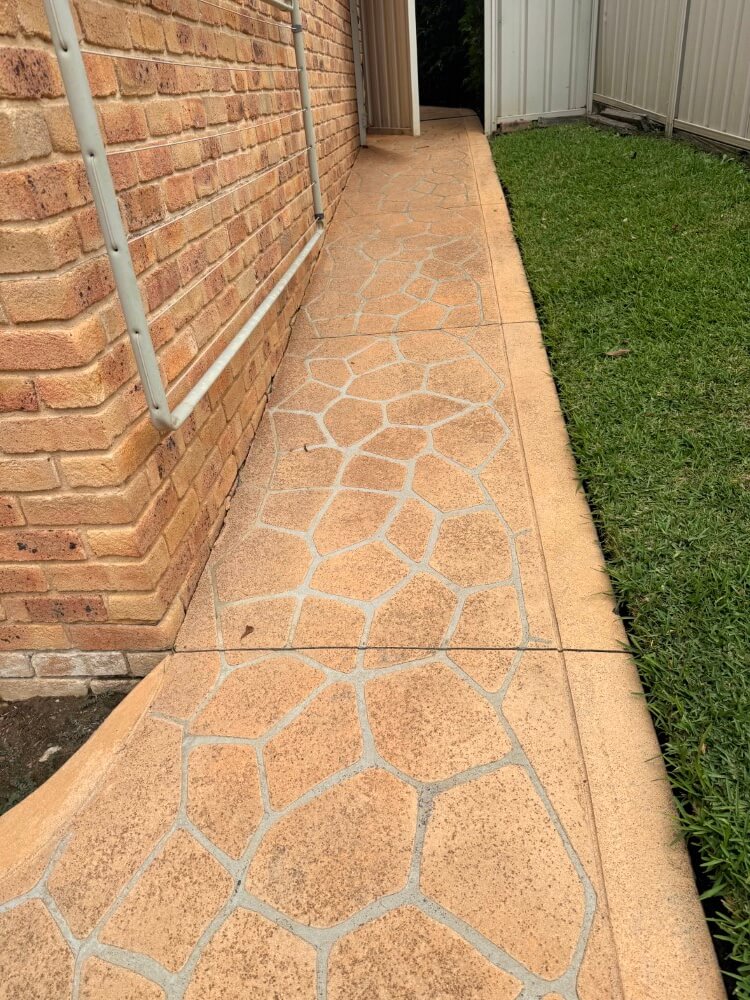
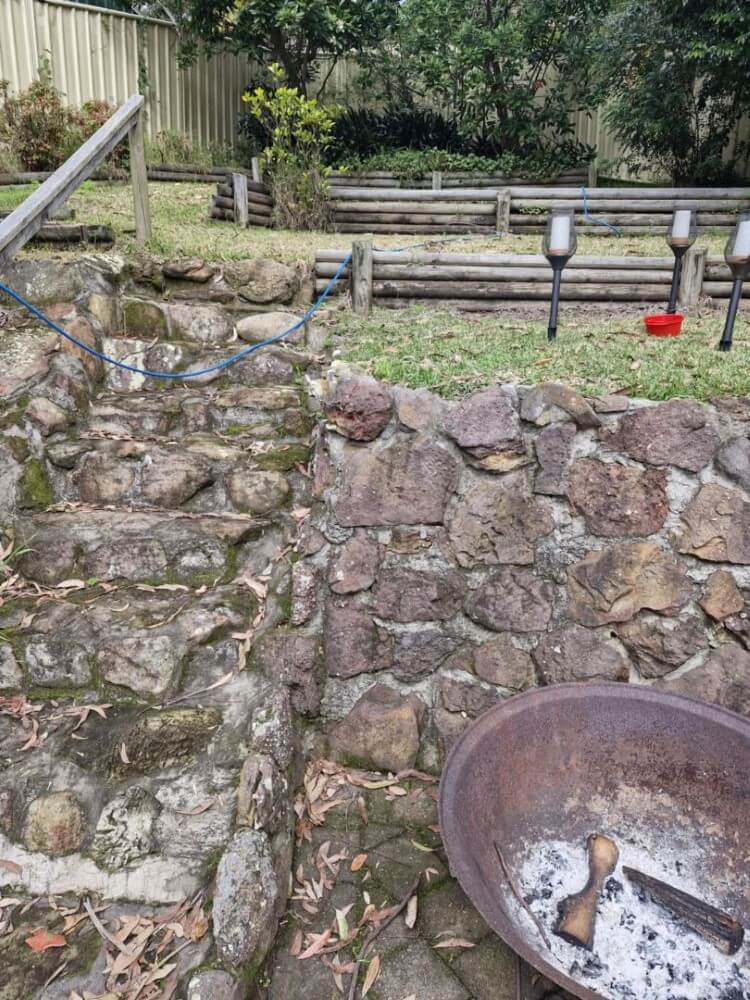
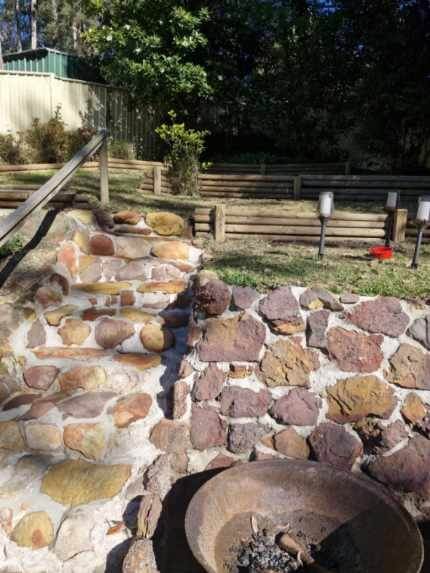
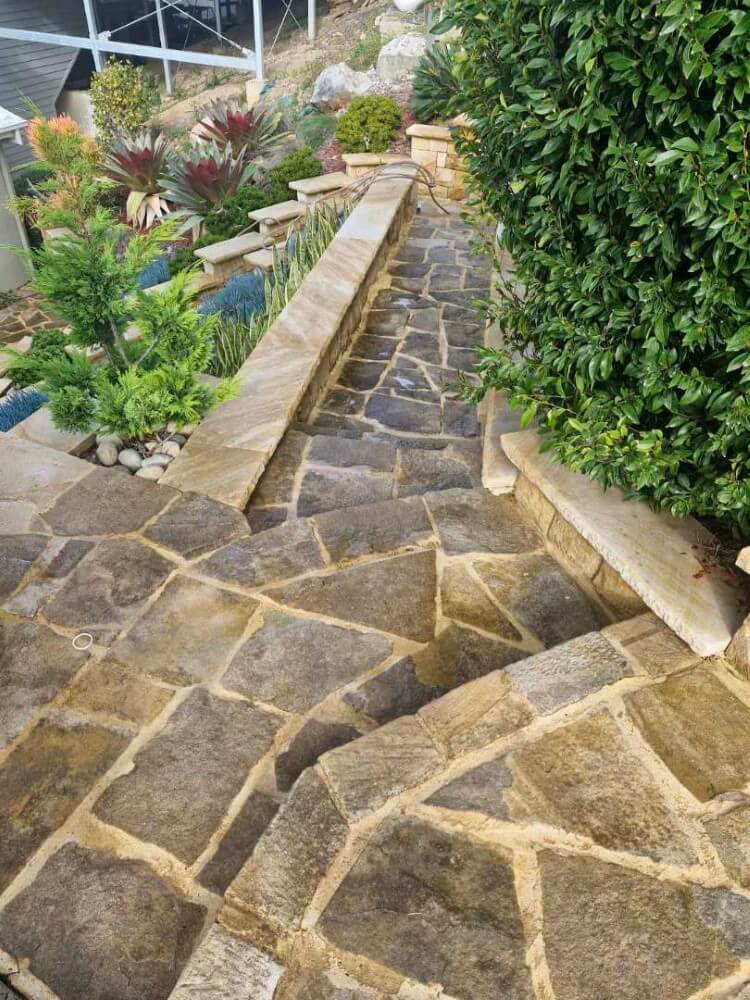
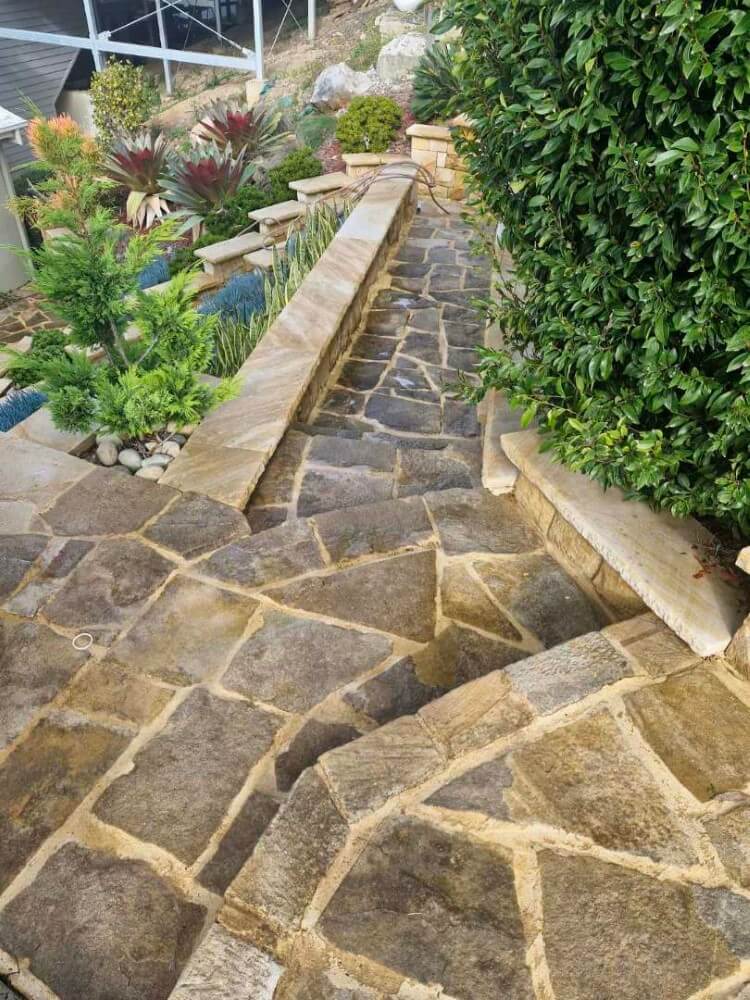
Damage Mould & Mildew Can Cause
Mould and mildew may start small, but the damage they cause can be significant—both to the surface they grow on and the surrounding environment.
- Surface degradation:
Mould breaks down and weakens materials like timber, render, and concrete. Over time, it can cause permanent staining, flaking paint, or even structural weakening in some cases. - Slip hazards:
When mould or mildew grows on walkways, decking, or stairs, it creates a slippery surface that increases the risk of falls—especially in wet conditions. - Discolouration:
These fungal growths leave behind unsightly black, green, or white marks that can be hard to remove once they’ve set in, particularly on porous or painted surfaces. - Health concerns:
While this blog focuses on external surfaces, it’s worth noting that airborne spores from outdoor mould can make their way into homes, potentially affecting people with allergies or respiratory conditions. - Reduced property appeal:
A home with visible mould or mildew looks poorly maintained, which can affect curb appeal and even reduce property value if left untreated.
Addressing these issues early with professional treatment not only restores the look of your property but also protects the surfaces from long-term deterioration.
Common Surfaces Affected
Mould and mildew don’t discriminate—they’ll take hold anywhere moisture lingers and airflow is limited. On residential and commercial properties across the Central Coast, these are the surfaces most commonly affected:
- Exterior walls and eaves:
Painted surfaces, especially on the south side of a property, often develop mould and mildew due to limited sun exposure and trapped moisture. - Timber decking and fences:
Timber is highly porous, making it a prime target. Once mould gets into the grain, it can be hard to remove without the right treatment. - Concrete and paved areas:
Driveways, paths, and patios are often shaded or accumulate water runoff, creating ideal conditions for fungal growth. - Tiled areas:
Outdoor tiles around pools, entryways, and courtyards are especially prone to mildew, which can make them dangerously slippery. - Rooflines and gutters:
When organic debris builds up, it traps moisture and creates a breeding ground for mould, particularly in neglected areas of your roof and gutters.
These surfaces not only suffer cosmetic damage but also degrade faster without proper care. Regular inspections and professional cleaning are key to preventing long-term issues.
Protect Your Surfaces with Expert Mould & Mildew Removal
Mould and mildew do more than stain—they damage surfaces, create slip hazards, and reduce your property’s value. DIY cleaning often misses the root cause, leading to quick regrowth.
Glason High Pressure Cleaning uses proven methods and a biocide treatment to eliminate mould properly—restoring and protecting surfaces without damage.
Don’t let mould take hold.
